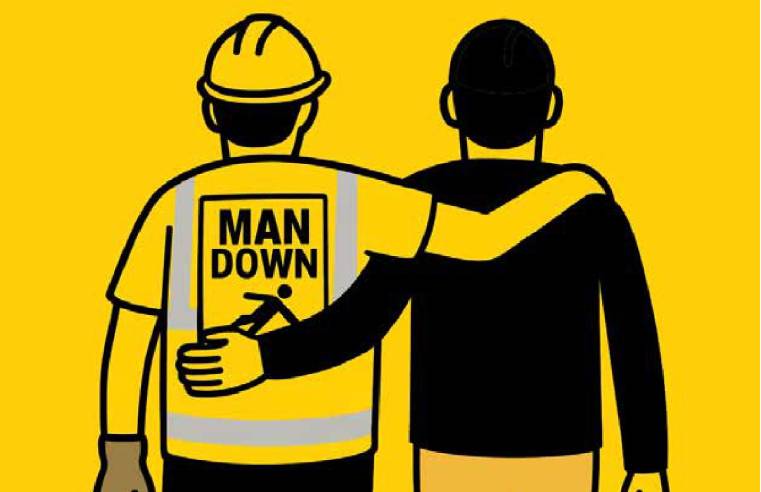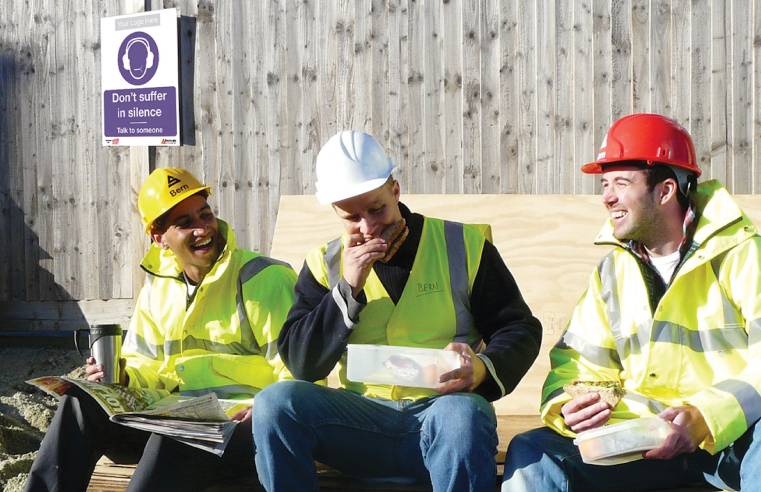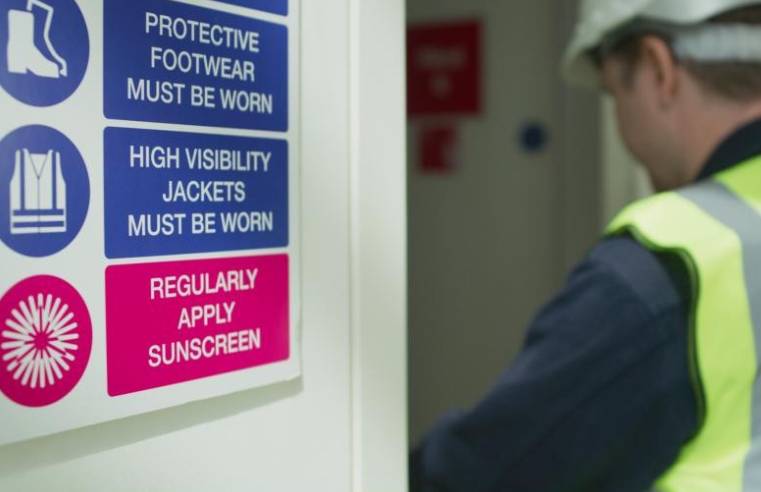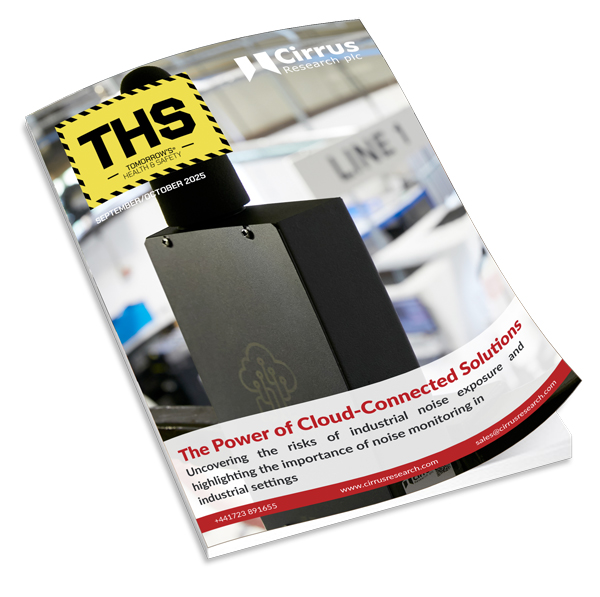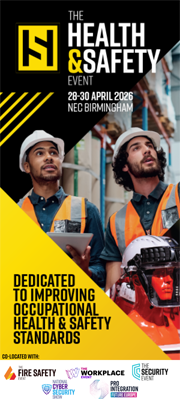What are the safety measures businesses need to take for working in extreme temperatures asks Kevin Rowe, Managing Director of SafetyBuyer.com.
Adapting to changing temperature conditions is a necessary yet difficult aspect of operating a business. According to UK law, there is no minimum or maximum working temperatures. This means that there is no exact legal barometer that, when exceeded or not met, stops workers from undertaking their activities.
However, businesses have a duty to provide safe working conditions for their employees – whether indoors or outdoors – particularly in an era when historic heatwaves are becoming more common. Here, we will explore the responsibilities of employers to adapt their workplace to accommodate for extreme temperatures, and the steps they can take in order to prepare themselves for future climate fluctuations.
What are a business’s legal obligations?
While there is no legal temperature range for the workplace, the government provides guidance on recommended minimum temperatures. The official advice is that this minimum should be 16C for general non-physical work, such as office work. If the daily activities include physical work, the minimum temperature is recommended to be 13C. This guidance extends to indoor and outdoor workplaces, such as construction sites.
On the other hand, there is no guidance on the upper temperature limit. This means that, in times of extreme heat, the government does not specify legal guidelines that prevent a working condition to reach above a certain temperature.
Despite no exact maximum limit, businesses have the responsibility to provide safe working conditions, and the wellbeing, morale and productivity of employees largely depend on the conditions in which they are required to work.
The difficulty in adapting to extreme conditions
In the past, the UK seldom saw extreme temperatures but climate change has increased their occurrence in recent years. This means that many work premises have not yet adapted to the change in temperature, and in extreme heat, there is a lack of appropriate heat-combatting infrastructure and measures to keep the inside temperature at an acceptable level.
Annual average increases in global temperatures have applied further pressure on employers to adhere to the legal guidance that workplaces must be kept at a comfortable temperature.
While providing clean and fresh air is rendered a more difficult task in high temperatures, measures need to be taken to ensure this continues throughout the heat. Failing to do so can result in complaints by employees, and in extreme cases, legal action.
What kind of equipment will be needed to keep workers safe?
Air conditioning
The most common measure taken to combat heat is by installing air conditioning systems. This allows the employer to instantly control the temperature on-premises, regulating this for the changing conditions and needs.
Furthermore, the ability to control the system and set it to function within a certain temperature range means that energy can be saved by only putting the air conditioning system in use when it is needed. Not only will this substantially increase employee comfort, but employers can also save on energy costs by ensuring it is not in use when it is unnecessary.
Safety signs
If a business has measures in place for controlling the temperature of the work premises, it is just as important to ensure that these are not regulated and not accidentally tampered with. For this, communicating with employees through safety signs that indicate best practices will be essential for maintaining comfortable working temperatures.
For example, safety signs can be placed to indicate to all individuals on the premises to keep doors and windows closed when the air conditioning is on, which in turn highlights the efforts being made by the employer.
Shaded areas
Sometimes, installing air conditioning systems is not possible, such as in building sites. However, there is still a responsibility to protect workers from direct exposure to hazards, and in the case of extreme heat, providing shaded areas will be essential for individuals to take respite from direct sunlight, especially during break times.
Portable fans
It is not always possible to install adequate air conditioning systems in a building – whether due to an intricate infrastructure or a lack of funds available to cover the costs.
Furthermore, the layout of certain workplaces means that air conditioning may not reach some areas of the premises, meaning that workers in specific areas may not even feel the benefit of installing air conditioning systems.
In areas in which air conditioning cannot be felt, there should be additional considerations taken. Installing portable fans is an easy way of ensuring that cool air circulates and is directed at specific areas. These can be strategically placed around the work premises to provide instant relief from the heat and can range in functionality. From desk fans to taller standing fans, there is a range of options available to ensure that staff on the premises are able to be comfortable.
Adaptive work uniforms
Temperatures can readily fluctuate in the UK, meaning that subsequent days may alternate from extreme heat to cold temperatures. While many businesses emphasise the importance of workplace uniforms, there needs to be a consideration for temperature changes.
Businesses must adapt and provide alternatives to workers to be able to comfortably undertake their necessary activities, without being hindered or impaired by the dress code in place.
If the nature of the work requires workers to wear PPE, encouraging workers to remove such additional layers when resting will allow them to cool quicker, maintaining safe body temperatures to be able to continue working while minimising the adverse effects of exposure to heat.
In extreme temperatures, it is imperative that accommodative safety measures are taken, which may mean introducing a flexible dress code that allows for staff to remain cool. Moreover, in the wake of the pandemic, many individuals have been able to take advantage of home comforts, adapting to extreme heat in ways that make it much more comfortable to work. As such, businesses that place importance on workplace attendance need to provide comparable working conditions that employees will appreciate.
How should companies be looking to adapt their working practices in the longer term, if extreme temperatures are likely to become more common?
It is likely that the effects of climate change will lead to extreme temperatures becoming more common. Consequently, businesses will need to adapt to continuously provide safe working conditions.
Investing in air conditioning units in preparation for extreme heat will put employers in good stead for the likely further increases in temperature changes. Alongside this, revisions of daily working practices – such as amending dress codes and scheduling outdoor work for times when the heat is less intense – will increase the likelihood of staff comfort.
A business should also take responsibility for educating employees about the dangers of working in high temperatures. Encouraging staff to take regular breaks and hydrate often will be essential to reducing the risk of heat stroke – a hazard which is significantly increased in workplaces that require work outdoors. The delegation of health and safety to responsible employees will be essential on premises such as construction sites, where exposure to sunlight and heat is much likelier. Furthermore, educating employees to recognise the early signs of heat stroke will help to increase the safety of all.
Taking such measures will ensure that staff remain able to undertake their daily activities without discomfort, which is likely to increase staff productivity in the short term, and loyalty and longevity in the long term.








